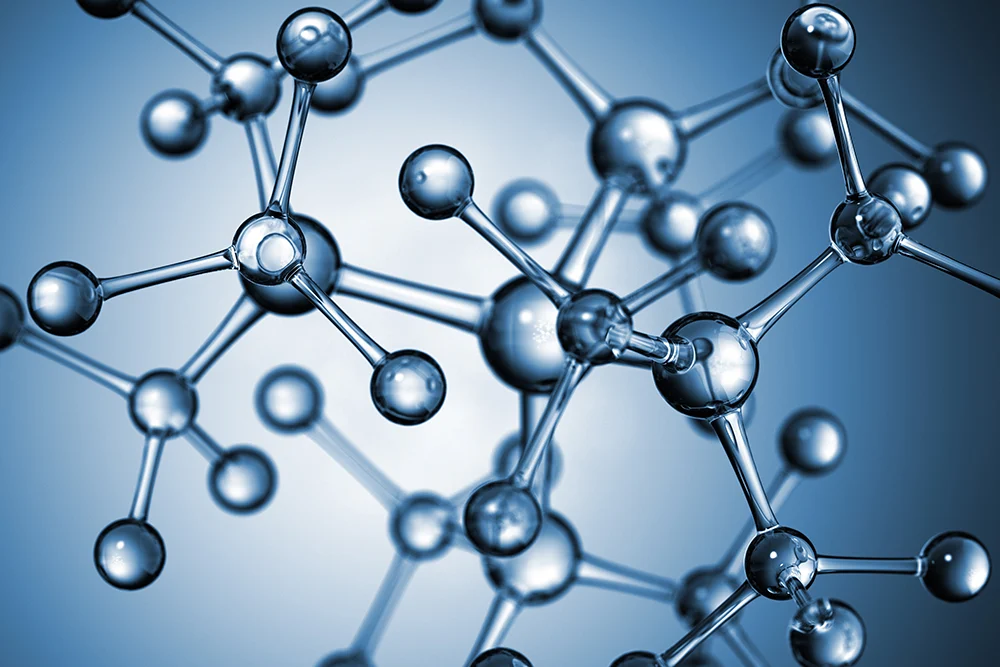Breaking Down ‘Forever Chemicals’: A Promising New Frontier in Environmental Cleanup
09/25/2022
In the realm of environmental science, few challenges loom as large as the presence of per and polyfluoroalkyl substances (PFAS), commonly referred to as “forever chemicals.” These persistent pollutants have garnered notoriety for their resistance to natural degradation, posing significant risks to human health and the environment. However, a recent study published in Science unveils a groundbreaking method that offers hope in the battle against PFAS contamination.

PFAS compounds have infiltrated various facets of modern life, from consumer products to industrial processes. Their ubiquitous presence has resulted in widespread contamination of drinking water supplies, affecting over 200 million Americans. Moreover, PFAS have been detected in diverse environmental matrices, including rainwater, food sources, and even the Arctic region, underscoring the global reach of this environmental menace.
Conventional methods for addressing PFAS contamination have proven inadequate, characterized by high costs, energy-intensive processes, and limited efficacy in fully decomposing the compounds. This predicament has left scientists grappling with the challenge of developing a viable solution to mitigate the impact of these persistent pollutants.
Enter a team of researchers from Northwestern University, the University of California at Los Angeles, and Tianjin University, whose collaborative efforts have yielded a promising breakthrough. Their study introduces a novel low-temperature technique capable of effectively breaking down a subclass of PFAS compounds known as perfluorocarboxylic acids.
Central to this innovative approach is the process of “defluorination,” whereby PFAS compounds are subjected to a mixture of water and the dipolar aprotic solvent dimethyl sulfoxide (DMSO). Through this method, PFAS molecules are transformed, leaving behind harmless byproducts such as carbon and inorganic fluoride. Unlike conventional disposal methods, which often result in environmental pollution, this technique offers a more benign alternative for addressing PFAS contamination.
The significance of this breakthrough lies not only in its efficacy but also in its potential for scalability and applicability to other PFAS subclasses. By targeting the fundamental structure of PFAS compounds, namely their fluorinated carbon atoms, this method offers a pathway towards dismantling these persistent pollutants at their molecular level.
Moreover, the low-energy requirements and benign nature of the byproducts make this technique a promising candidate for further development and implementation. Although still in its early stages, this research represents a meaningful step towards addressing the longstanding challenge of PFAS contamination.
However, translating laboratory success into real-world applications poses its own set of challenges. The researchers caution that further refinement and validation are needed before the method can be scaled up for commercial use. Additionally, the logistics of PFAS removal from contaminated water sources, through methods such as reverse osmosis or granular activated carbon filtration, must be addressed prior to treatment using the new technique.
Nevertheless, the implications of this research extend far beyond the laboratory. By offering a viable solution to the persistent problem of PFAS contamination, this study opens new avenues for environmental remediation and public health protection. The potential to alleviate the burden of PFAS pollution on communities worldwide underscores the importance of continued research and innovation in this critical area.
As the global community grapples with the complex challenges of environmental sustainability, the development of effective strategies for addressing persistent pollutants like PFAS is more urgent than ever. With this groundbreaking research, we take a significant stride towards a cleaner, safer future for generations to come.
